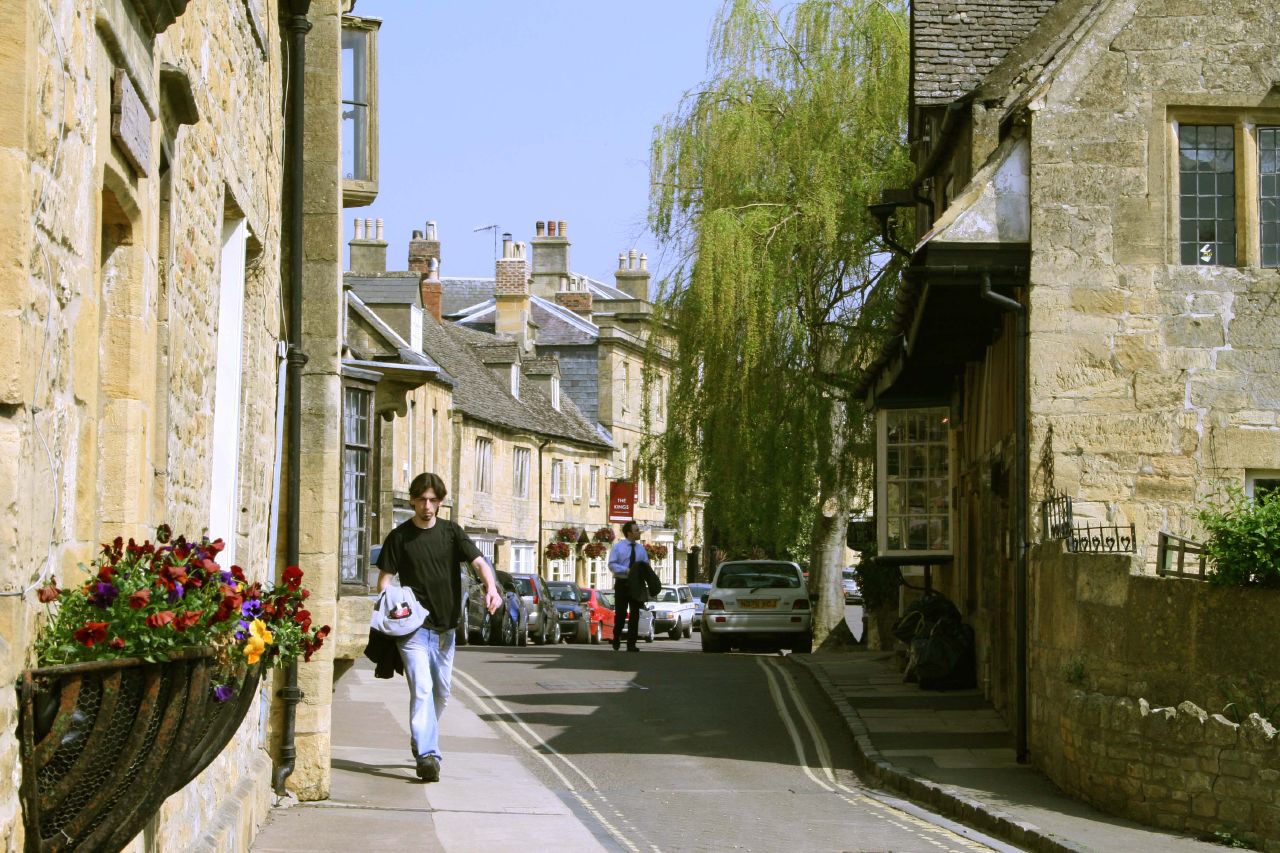The Cotswolds: Rolling Hills, Honey-Coloured Villages and Farm-to-Table Delights
29-07-2025 08:08:58
The Cotswolds is a region where time seems to stand still. Designated a National Landscape (previously known as an Area of Outstanding Natural Beauty) in 1966, it covers about 787 square miles across six counties in south‑west and central England. The rolling hills and green valleys are dotted with stone‑built villages, market towns, stately homes and gardens built from the distinctive yellow Cotswold stone. From the highest point at Cleeve Hill near Cheltenham to the steep escarpments that fall towards the Severn valley, the scenery is endlessly varied.
The villages are the stars of the show. Strolling through Bourton‑on‑the‑Water, Stow‑on‑the‑Wold or Bibury feels like stepping into a storybook. The cottages built from honey‑coloured oolitic limestone give the towns their golden glow. Bibury’s Arlington Row, a row of 17th‑century weavers’ cottages, is so picturesque that it appears inside British passports. Market towns such as Cirencester and Chipping Campden boast ancient churches paid for by the wool trade; many of these so‑called “wool churches” stand as monuments to medieval prosperity. If you have time, venture beyond the postcard‑perfect high streets – wander along riverside paths, through bluebell woods or up to viewpoints like Broadway Tower for sweeping panoramas of hills and farmland.
The Cotswolds’ rural character also influences its food. Because farmers here focus on traditional methods, local restaurants and pubs proudly use seasonal ingredients. You might start a meal with a platter of regional cheeses – creamy Double Gloucester, herb‑studded Cotswold cheese and tangy Stilton. Lamb grazed on the lush hills becomes succulent Cotswold lamb chops, and cider pressed from local apples is the perfect accompaniment. Pubs serve hearty classics such as Cotswold pie (a rich meat pie), shepherd’s pie or fish and chips with a local twist. Leave room for dessert: try a traditional Cotswold pudding made with seasonal fruit, sticky toffee pudding drenched in caramel sauce or the timeless pleasure of scones with clotted cream and jam.
Farmers’ markets are another highlight. Cirencester’s lively market – often called the “capital” of the Cotswolds – showcases everything from organic vegetables and handmade sausages to honey and artisan crafts. Stow‑on‑the‑Wold and Moreton‑in‑Marsh host weekly markets where you can sample cheeses, pick up handcrafted goods and chat with local producers. These markets are not just places to shop; they are opportunities to connect with the community and learn about the region’s agricultural heritage.
History buffs will appreciate that the Cotswolds’ prosperity came from wool. During the Middle Ages, the “Cotswold Lion” sheep produced wool so fine that it was sought after across Europe. The wealth from the trade funded grand manor houses and churches that still grace villages today. Meanwhile, hikers and cyclists will relish the 102‑mile Cotswold Way, which traces the escarpment from Chipping Campden to Bath, passing through beech woodlands, wildflower meadows and ruins of Roman villas.
Whether you are lingering over afternoon tea in a rose‑filled garden, browsing boutiques in Chipping Norton or watching sunlight dance on the River Coln, the Cotswolds invites you to slow down and savour the simple pleasures. Share your experiences with friends and family: snap photos of the honey‑coloured cottages, tag your market finds, and savour the flavours of the countryside. The charm of this region lies not only in its landscapes and architecture but also in the warmth of its welcome. No wonder visitors return year after year, drawn by the promise of rolling hills, historic villages and delicious food.
Tags: {keywords}